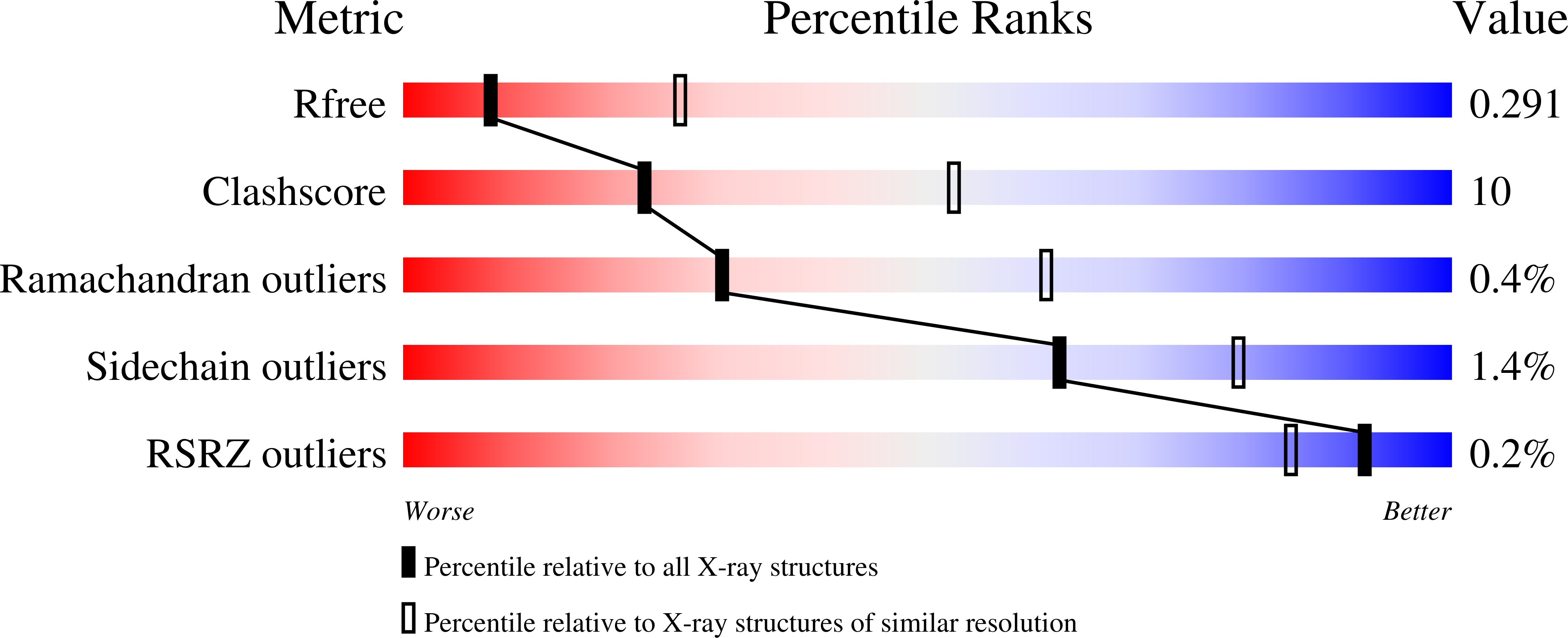
Deposition Date
2024-02-04
Release Date
2024-11-20
Last Version Date
2024-12-25
Entry Detail
PDB ID:
8RWF
Keywords:
Title:
Domains 1 and 2 of Bacillus anthracis Sap S-layer in complex with Nb692
Biological Source:
Source Organism:
Bacillus anthracis (Taxon ID: 1392)
Lama glama (Taxon ID: 9844)
Lama glama (Taxon ID: 9844)
Host Organism:
Method Details:
Experimental Method:
Resolution:
3.11 Å
R-Value Free:
0.28
R-Value Work:
0.22
R-Value Observed:
0.22
Space Group:
P 43 21 2


